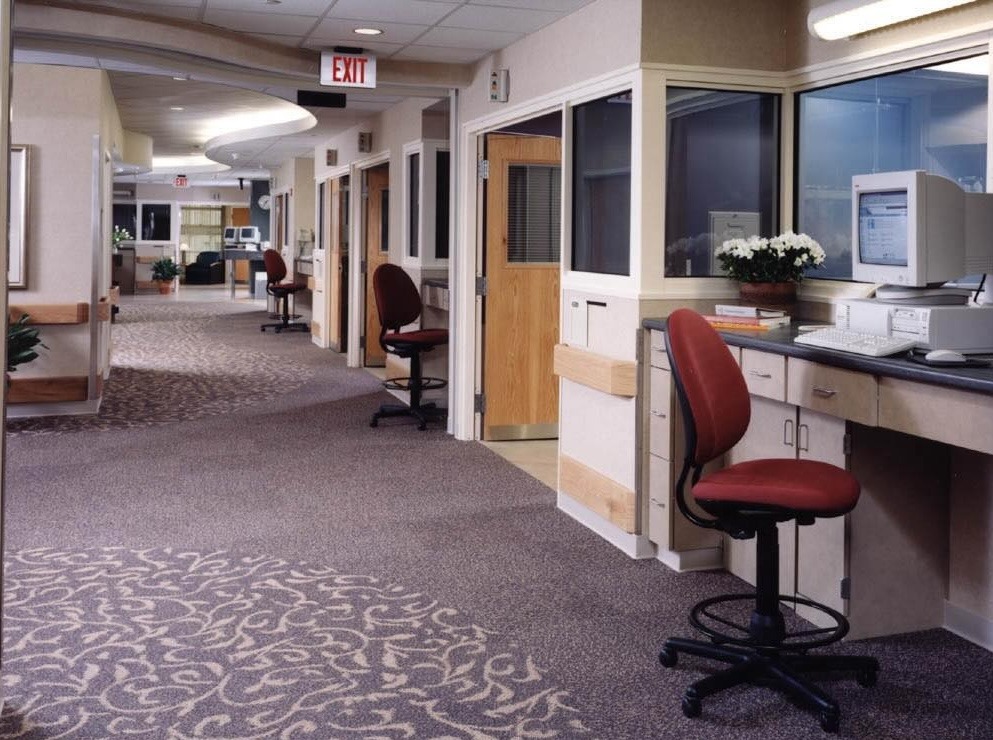 There's been lots of chatter lately about the blurring lines between healthcare design and hospitality design. But I don't think the lines are blurring. Here's why.
There's been lots of chatter lately about the blurring lines between healthcare design and hospitality design. But I don't think the lines are blurring. Here's why.
Hospitals aren't hotels and never have been, nor never will be. The reasons patients stay overnight in hospitals are not the same reasons guests stay overnight in hotels.
While it's good that many providers are using design and amenities to make the patient experience better, I don't know a single healthcare designer who thinks he or she is doing hospitality design when working on a hospital project.
And, as far as I can tell, hospitality designers aren't designing hospitals.
Actually, a hospitality designer worked on Peace Health Sacred Heart Hospital at Riverbend (above, left), which opened in Eugene, OR, a few years ago. But his main contribution was on the site plan, entrance, and main lobby.
The Future of Healthcare is Retail
For those who think the future of healthcare is hospitality, think again.
The future of healthcare is retail, as Marin Valins of Stantec Architecture wrote in May. He offers some interesting insights into the changing nature of healthcare that more aptly fits the retail model.
And while the trend is toward more clinic-based care, new hospitals being built today have many retail features.
Bridgepoint Hospital, a 464-bed complex care and rehab facility that opened in Toronto last June, is accessible to the public with walking and bike paths. Its "Urban Porch" has a Tim Hortons coffee, Shoppers Drug Mart, library, and access to two outdoor terraces.
(Read more about Bridgepoint, which was designed by two teams of architects -- Stantec Architecture/KMPB Architects and HDR Architecture/Diamond Schmitt Architects -- in the November issue of Healthcare Design magazine.)
Also, if a hospital looks or feels more like a hotel or a retail store, is that bad? As the Fable Hospital story illustrates, adding features that improve patient satisfaction and quality of care actually can help reduce the cost of healthcare. After all, healthcare design has never been just about making things look pretty.
P.S. Please do me a favor -- if you liked this post and like this blog, please share it with others by sending them the link and/or post it on your Twitter, LinkedIn, or Facebook, etc. Also, don't forget to subscribe, so you'll get emails when new content is posted. Thanks!






